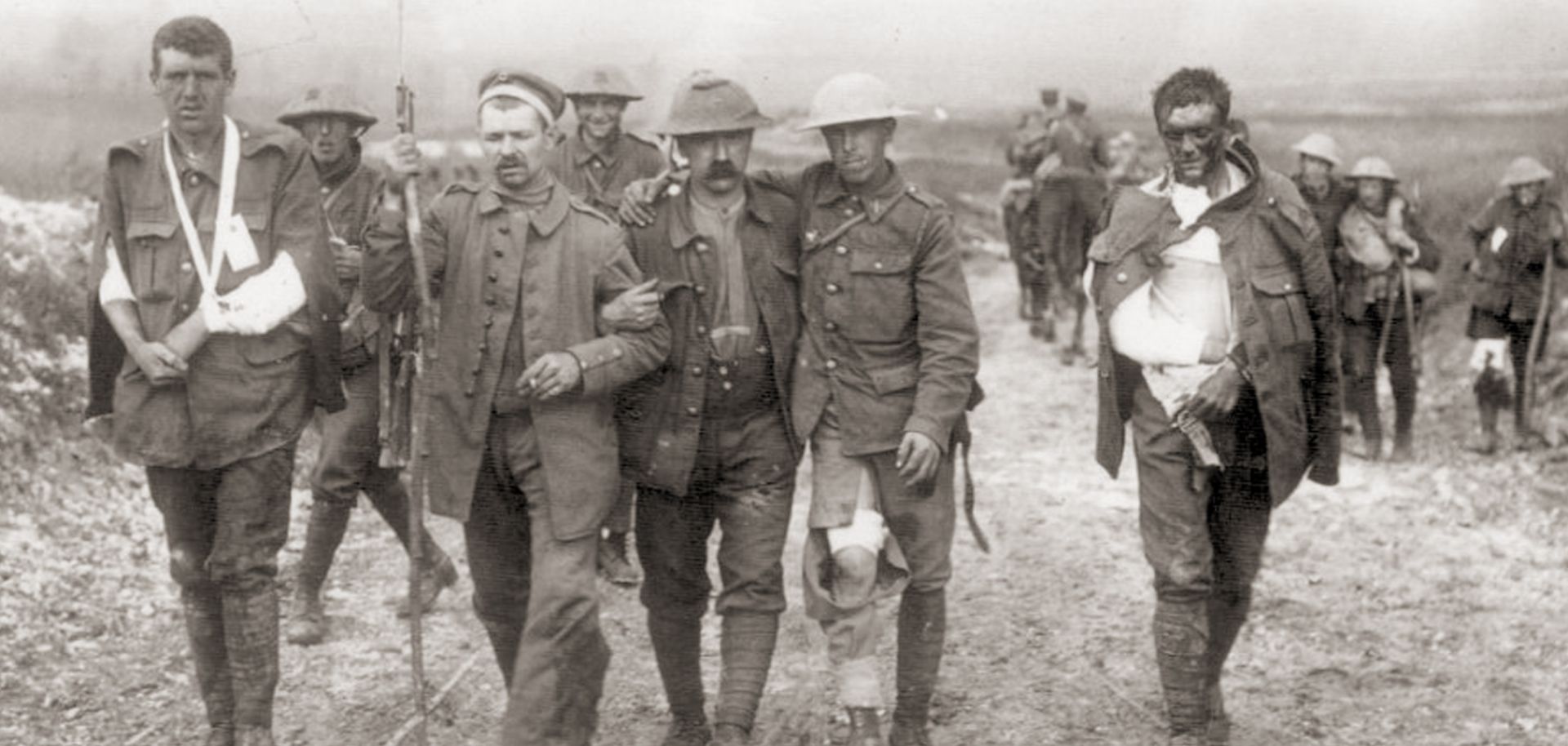ASSESSMENTS
Bloody Lessons Learned at the Somme
Jul 9, 2016 | 13:30 GMT

(Imperial War Museum)
Summary
A tranquil river basin in northern France will forever be associated with some of the most vicious and costly fighting of World War I. The terrain around the Somme River provided the battleground for a confrontation between elements of the German army and an Allied force spearheaded by the French and British. At the beginning of 1916, the Western Front was locked in a stalemate, blocked by the opposing battlements running from the North Sea to the Swiss border. The Allies sought to break the German defenses and to relieve pressure on the French at Verdun, wearing down the Germans in preparation for a decisive victory expected in 1917. It was hoped the July 1 Somme offensive would provide that break and set the stage for the closing acts of the war.
While the French achieved some success on the opening day of the attack, the British Fourth Army suffered staggering losses — the worst ever in a single day of combat for the United Kingdom. Claiming around 60,000 British casualties, including almost 20,000 fatalities, the Battle of the Somme left an indelible mark on the psyche of a nation, no less diminished a century after the fact. By the offensive's conclusion on Nov. 18, 1916, over a million were dead or wounded. Yet for all its appalling losses, the armies and men who fought to the end of that particular battle ushered in new attitudes and approaches to warfare.
Subscribe Now
SubscribeAlready have an account?
